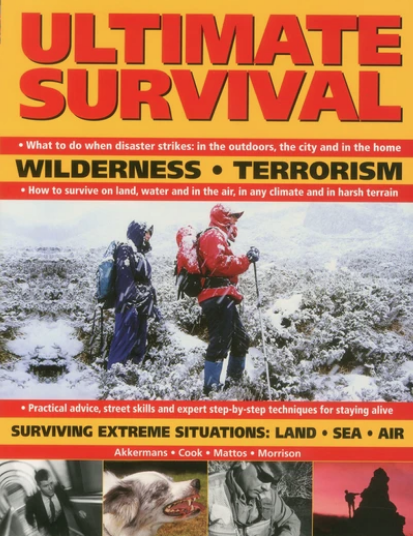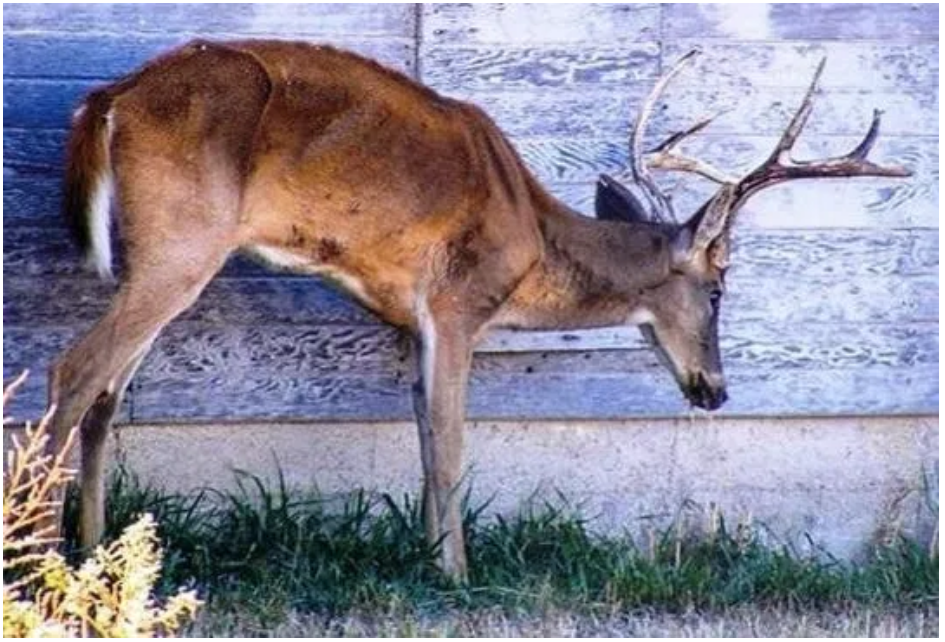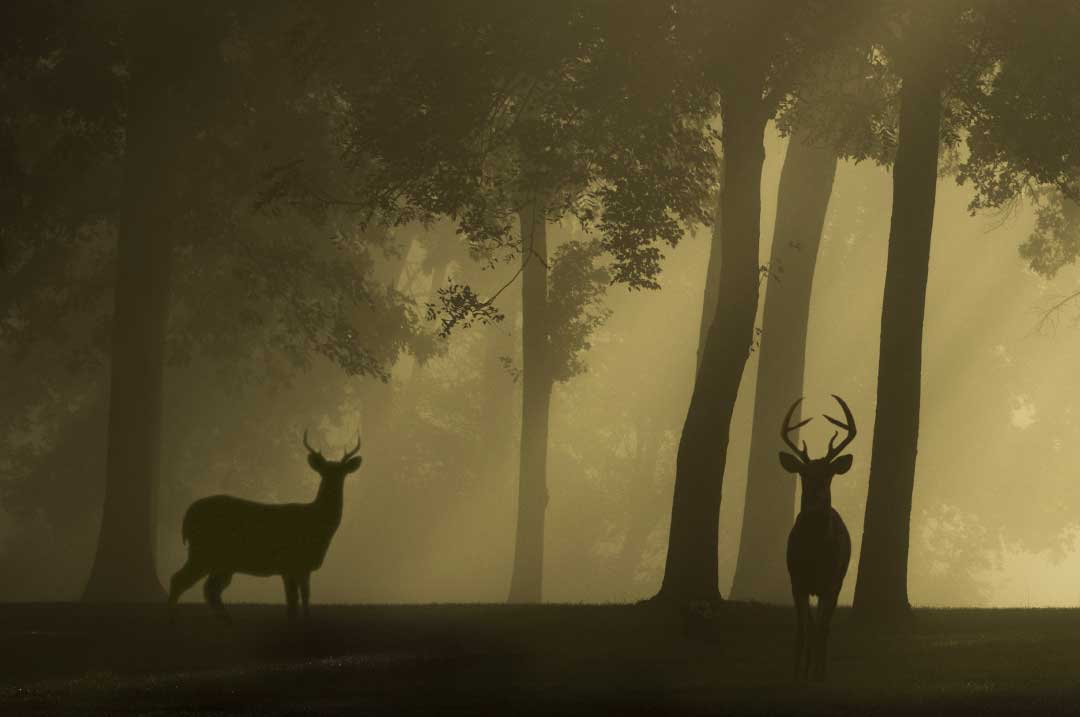After a Colorado woman was gored by a deer, CPW issued misdemeanor citations to the neighbor who admitted she raised deer in her home.
A Black Forest, Colorado woman who told Colorado Parks and Wildlife officers she took a days-old fawn into her home more than a year and raised it has been cited with two misdemeanors after the deer, now a young buck, gored a neighbor last week.
CPW officers cited 73-year-old Tynette Housley with illegal possession of wildlife and illegally feeding wildlife, both unclassified misdemeanors. She was also issued a warning for possessing live wildlife without a license after she described keeping it in her home, then in her garage and ultimately on her property.
The two misdemeanors carry fines and surcharges totaling $1,098.50.
Housley was cited after the deer, a buck with two-pronged antlers, attacked a neighbor as she walked her dog last Friday morning.
From her hospital bed, the victim described to CPW being surprised to notice the deer following her and then shocked when it attacked, knocking her down and thrashing her with its antlers.
The terrifying attack went on several minutes as the victim tried to run to a neighbor’s house and then to her own home. Repeatedly the deer knocked her down and gored her. The deer even continued to attack as she frantically opened her garage door. It relented only when she ran between two cars in her garage.
The victim suffered serious lacerations to her head, cheek and legs and bruises and was hospitalized overnight for treatment of her injuries before being released.
The deer, fresh blood covering its antlers, even approached a CPW wildlife officer who responded to investigate the attack. The officer euthanized the deer and took it to CPW’s animal health lab in Fort Collins to test it for rabies and other diseases.
The deer’s stomach contents confirm it was being fed by humans as it contained out-of-season foods including hay, grain, corn and possibly potato.
“We can’t say it enough: Wild animals are not pets,” said Frank McGee, CPW’s area wildlife manager for the Pikes Peak region. “Feeding deer habituates them to humans. They lose their fear of humans and that leads to these outcomes that are tragic for both wildlife and people. Injured and orphaned wildlife should be taken to licensed wildlife rehabilitators.”
 What to do when disaster strikes: in the outdoors, the city and in the home; how to survive on land, water and in the air, in any climate and in harsh terrain. This large and very detailed book offers practical advice, street know-how and step-by-step techniques for staying alive – with 1100 photographs and illustrations showing tactics, and 80 training projects for extreme life skills to use in emergencies.
What to do when disaster strikes: in the outdoors, the city and in the home; how to survive on land, water and in the air, in any climate and in harsh terrain. This large and very detailed book offers practical advice, street know-how and step-by-step techniques for staying alive – with 1100 photographs and illustrations showing tactics, and 80 training projects for extreme life skills to use in emergencies.
It also deals with self-sufficiency in the wild: survival skills and bushcraft techniques, tools, equipment and medical emergencies. Also includes: coping when everyday situations become life-threatening: surviving as a hostage; self-protection and street skills; danger at home; the do’s and don’ts of being a tourist. It offers expert advice to help you avoid hazardous situations, and respond positively to confrontation. This is the ultimate guide to survival. The tactics, skills and tricks of the trade taught in this professional survivors’ manual could save your life. Buy Now




